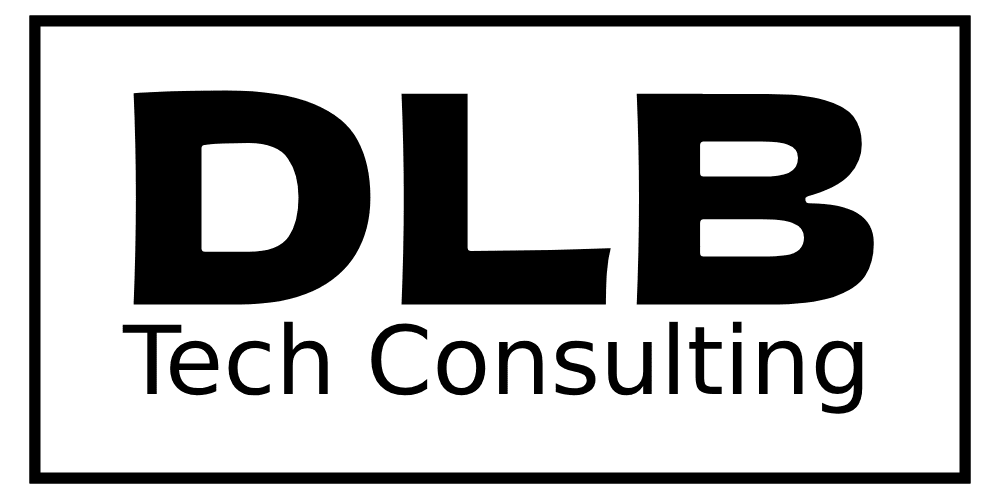In 2024, ransomware and cybersecurity threats continue to evolve, targeting businesses of all sizes. If you’re not adequately protected, a single breach could cripple your operations and drain your finances. That’s why it’s crucial to take immediate action to protect your business.
This guide will outline five practical, must-do steps that you can implement right now to defend against ransomware and other cyber threats. By the end, you’ll have a clear understanding of how to enhance your business’s cybersecurity and avoid becoming a victim.
Table of Contents
Toggle1. Update Your Software Regularly to Patch Vulnerabilities
Outdated software is a major vulnerability that cybercriminals exploit. Hackers are constantly finding new ways to bypass security protocols, and outdated programs provide easy entry points. Updating your software regularly ensures you’re running the latest security patches, protecting your systems from known threats.
Make sure you:
- Enable automatic updates for all your software.
- Regularly audit third-party applications for vulnerabilities.
- Monitor security alerts from your software vendors.
By keeping your software up to date, you eliminate one of the easiest ways ransomware can infiltrate your network.
2. Educate Your Employees About Phishing Scams
The human element is often the weakest link in cybersecurity. Phishing emails are a common method used by cybercriminals to trick employees into revealing sensitive information or downloading malicious files. A successful phishing attack can give hackers access to your network and pave the way for a ransomware infection.
To prevent this:
- Conduct regular training sessions on how to spot phishing emails.
- Use mock phishing tests to see how employees respond.
- Implement a clear policy for reporting suspicious emails.
An educated workforce is your first line of defense against phishing scams and ransomware attacks.
3. Deploy Multi-Factor Authentication (MFA)
Passwords alone are no longer enough to keep your business safe. Multi-factor authentication (MFA) adds an extra layer of security by requiring users to provide two or more verification factors to access your network or systems. This makes it much harder for hackers to gain unauthorized access, even if they steal a password.
Here’s how MFA protects your business:
- It requires an additional verification method, like a phone app or fingerprint.
- Even if a hacker obtains a password, they can’t easily bypass the second factor.
- It protects sensitive areas like email, financial data, and internal systems.
With MFA in place, your business becomes significantly less vulnerable to ransomware attacks.
4. Back Up Your Data Regularly and Securely
Ransomware attackers typically lock your data and demand a ransom for its release. If you have recent backups, you can restore your data without paying the ransom. However, backups must be secure and regularly updated to be effective.
To safeguard your data:
- Automate daily or weekly backups.
- Store backups in an offsite location or a cloud service with encryption.
- Test your backup systems to ensure they can restore data quickly and accurately.
By backing up your data, you can avoid the nightmare of being forced to pay a ransom or losing critical information permanently.
5. Install a Next-Generation Firewall and Endpoint Protection
Firewalls and antivirus software are not enough to combat modern cyber threats. Today’s ransomware is more sophisticated, requiring more advanced defense systems. Next-generation firewalls and endpoint protection systems can detect and block threats before they cause harm.
Look for these features when upgrading your firewall:
- Intrusion detection and prevention systems (IDS/IPS).
- Deep packet inspection to analyze data entering your network.
- Real-time threat intelligence updates.
For endpoint protection, ensure you:
- Use software that can detect malicious behavior patterns.
- Automatically isolate infected devices from your network.
- Protect all endpoints, including computers, mobile devices, and servers.
This advanced technology will provide an extra layer of security, protecting your network from the latest ransomware and other evolving threats.
Final Thoughts
Ransomware and cybersecurity threats aren’t going away anytime soon. In fact, they’re becoming more sophisticated with each passing year. But with the right strategies and systems in place, your business can stay protected.
By updating your software, educating your employees, deploying MFA, backing up data, and upgrading your security infrastructure, you’ll greatly reduce your risk of a devastating attack.
Act now—before it’s too late.
Is your business prepared to handle the next big cyber threat?
If you’re unsure or need expert guidance, we can help. At DLB Tech Consulting, we specialize in protecting businesses like yours from ransomware and other cybersecurity threats. From implementing robust cybersecurity solutions to managing backups and providing 24/7 remote support, we’ve got you covered.
Contact us today to schedule a free cybersecurity assessment and let our team safeguard your business so you can focus on what matters most—growing your company.




